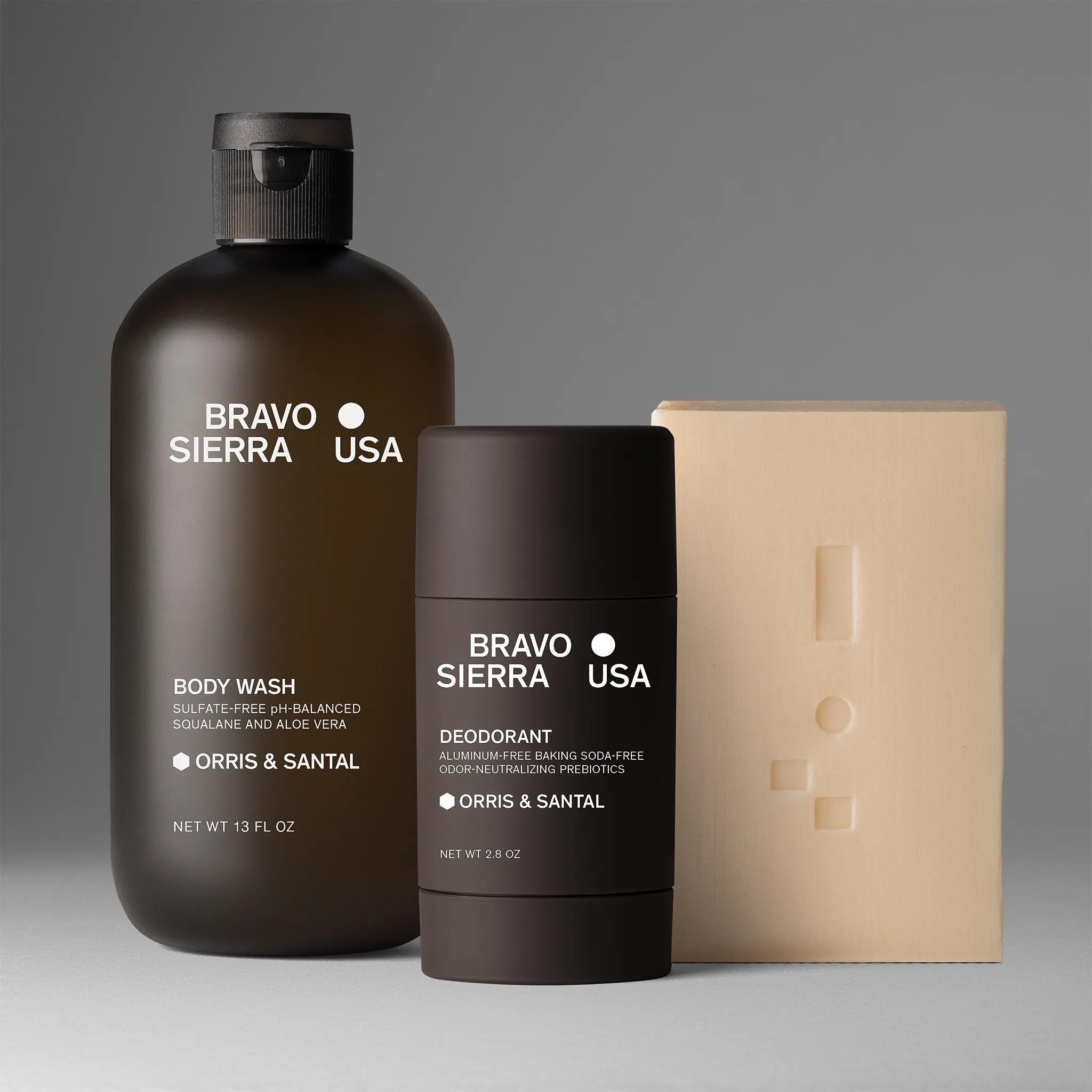Stunning visuals do more than catch the eye — they drive sales and build trust in ecommerce.
This essential guide will help you master budgeting for e-commerce photography, so you can make smart, cost-effective choices that boost your brand’s credibility. We’ll break down every major cost factor, share step-by-step budgeting strategies, reveal common pitfalls, and offer proven cost-saving tips.
You’ll also discover how to choose the right photography partners for your needs. Ready to take control of your ecommerce visuals? Dive in and learn the secrets to smarter spending and bigger results.
Understanding the True Costs of E-commerce Photography in 2025
E-commerce photography is evolving faster than ever, and budgeting for e-commerce photography in 2025 isn’t as straightforward as it used to be. Brands are now expected to deliver visually stunning experiences that keep shoppers engaged and boost sales. To stay competitive, it’s crucial to understand every cost factor, from new technology trends to hidden fees and smart outsourcing strategies.
The Evolving Landscape of E-commerce Imagery
In 2025, budgeting for e-commerce photography means keeping pace with rapidly changing consumer expectations. Shoppers now want more than static images — they expect 360° spins, product videos, and even AR/VR previews right from their devices. Platforms like Amazon have updated their image requirements, prompting brands to shift toward interactive formats and higher resolutions.
Recent data indicate that 83% of shoppers consider product images to be “very” or “extremely” influential in their purchasing decisions. These trends are shaping what’s essential for e-commerce success. Brands that invest in cutting-edge visuals stand out, while those sticking to old standards risk falling behind.
Core Cost Components
When budgeting for e-commerce photography, it’s important to break down the main cost elements. These typically include photographer fees, studio rental, lighting, camera equipment, props, models, and the crucial post-production phase. Pricing models can vary: some providers charge per image, while others offer per-hour or per-day rates.
For example, the average per-image cost ranges from $25 to $150, depending on complexity and creative requirements. Understanding these elements helps brands anticipate expenses and compare providers. For a detailed look at these evolving costs, see this Cost Analysis of Product Photography.
Hidden & Variable Costs
One of the biggest challenges in budgeting for e-commerce photography is accounting for hidden and variable costs. Shipping products to the studio, insuring valuable items, and paying for revisions or last-minute changes can add up quickly. Rush fees and licensing/usage rights are often overlooked but can significantly impact the final bill.
Seasonal demand spikes — like holidays or major sales events — can also drive prices higher, sometimes adding 20–40% to standard rates for urgent projects. By planning ahead, brands can minimize unexpected expenses and negotiate more favorable terms with their partners.
Outsourcing vs. In-House Production
A key decision in budgeting for e-commerce photography is whether to outsource or build an internal team. Outsourcing to agencies or studios offers access to professional expertise, advanced equipment, and faster turnaround times, but may come at a premium for high-volume projects.
Small and medium-sized businesses often find outsourcing to be more cost-effective, while larger brands may benefit from having in-house teams to meet their ongoing needs. In fact, outsourcing can reduce time-to-market by 25-40% for growing ecommerce brands, making it a strategic choice for those scaling quickly.
Budgeting for Innovation
To future-proof their visual strategy, brands must allocate part of their budget for e-commerce photography to innovation. Investing in new formats, such as product videos, 3D imagery, or interactive spin shots, can yield a strong return on investment.
Brands embracing these technologies are seeing up to 30% higher conversion rates, proving that advanced visuals go beyond aesthetics — they drive real business results. Setting aside budget for experimentation ensures brands can adapt to trends and meet rising consumer expectations.
Step-by-Step Guide to Budgeting for E-commerce Photography
Ready to set a smart, effective budget for your e-commerce photography? Follow this actionable, step-by-step approach to ensure every dollar works for your brand and delivers real ROI.
Step 1: Define Your Photography Needs and Scope
Start with a detailed inventory of your products and SKUs. List out the types of images you’ll need — catalog shots, creative images, or model-based photos. Consider the requirements for each sales channel: Amazon, Shopify, and social media each have unique image standards.
For instance, an apparel brand might require 5–10 images per product to capture all angles and styling options.
If you want to dive deeper, check out this how to plan a photo shoot guide for actionable steps. Laying this groundwork is foundational for budgeting for e-commerce photography effectively.
Step 2: Set Clear Objectives and KPIs
Align your photography production budget with your marketing and sales goals. What are your key performance indicators? Focus on key metrics such as conversion rate, average order value, and image engagement.
Brands that invest in high-quality visual content often see a 33% increase in conversion rates. By setting clear KPIs, you can measure the direct impact of budgeting for e-commerce photography and ensure your investment supports your growth targets.
Step 3: Research and Shortlist Service Providers
Explore your options: studios, freelancers, or agencies. Review portfolios for relevant product experience, and check client testimonials. The range of services and creative direction offered can vary widely.
Many e-commerce brands opt to outsource their photography to specialized studios. This step in budgeting for e-commerce photography ensures you find a partner who matches your desired image quality expectations and budget constraints.
Step 4: Request and Compare Quotes
Request detailed quotes from your shortlisted providers. Ensure each proposal breaks down the costs for shooting, retouching, logistics, and any additional services. Watch for hidden fees, especially those related to revisions or rush jobs.
A key tip: Always confirm that licensing and usage rights are clearly stated in the contract. Transparent quoting is essential for budgeting for e-commerce photography and avoiding surprise expenses down the road.
Step 5: Build a Detailed Budget Spreadsheet
Organize all your projected expenses in a spreadsheet. Separate costs into categories: shooting, models, props, post-production, and logistics. Don’t forget to include a contingency fund of 10–15% for unexpected changes.
Using a real-world template keeps your budgeting, ecommerce, and photography processes accurate and transparent. This approach helps you spot savings opportunities and track spending against your plan.
Step 6: Plan for Ongoing and Seasonal Needs
E-commerce is dynamic. Budget for product launches, seasonal campaigns, and potential re-shoots throughout the year. For example, fashion brands often schedule quarterly photo shoots to showcase their new collections.
Factoring these cycles into your e-commerce photography strategy ensures you’re ready for growth and market shifts.
Key Factors That Influence E-commerce Photography Budgets
When budgeting for e-commerce photography, understanding what drives costs is essential for smart planning. Each product and project comes with unique challenges, so let's break down the main factors that shape your photography investment.
Product Complexity and Volume
The complexity and number of products significantly impact how you approach budgeting for e-commerce photography. More SKUs mean more images, and intricate products like jewelry or glassware require specialized lighting equipment and careful handling to ensure optimal presentation. These details drive up both shooting and editing costs.
For example, photographing reflective items demands extra time for setup and retouching. If you have hundreds of items with unique challenges, costs can multiply fast. Always account for these variables when planning your budget.
Image Style and Creative Direction
Not all product photos are created equal. The style you choose — catalog, lifestyle, or creative — directly influences your budgeting e-commerce photography approach. Basic studio shots are typically less expensive, while lifestyle images, which often feature models, props, and custom sets, add to the cost.
Keep in mind that lifestyle shoots can cost two to three times more than standard catalog photos. Creative direction shapes your brand, but striking a balance between ambition and budget is key to sustainable growth.
Location and Studio Choice
Where you shoot matters more than you might think; choosing between in-house, on-site, or professional studios can significantly impact budgeting for e-commerce photography. Studios in major cities often charge 20–40% more than regional providers due to overhead and demand.
Factor in logistics and travel when choosing your location.
Post-Production and Retouching Needs
Editing is a hidden but crucial element in budgeting for e-commerce photography. Advanced retouching — like background removal, color correction, or high-end polish — can add $10–$50 per image. The more refined your expectations, the more you should allocate for post-production.
For a deeper dive into these services, check out High-end retouching for ecommerce, which outlines options and costs you should consider in your budget.
Usage Rights and Licensing
Don’t overlook licensing when budgeting for e-commerce photography. Full buyouts, limited usage, or time-based rights all affect your long-term costs. Shoots involving models often come with restrictions, requiring renewals or additional fees for extended use.
Clarifying rights up front prevents costly surprises down the line. Always ask for clear terms and factor licensing into your overall budget planning.
Cost-Saving Strategies Without Compromising Quality
Cutting costs on e-commerce photography doesn't have to mean sacrificing image quality. By approaching budgeting for e-commerce photography with the right strategies, you can keep expenses in check and still deliver visuals that drive conversions.
Batch Shooting and Efficient Planning
Batch shooting is one of the smartest moves when budgeting for e-commerce photography. By grouping similar products and shooting them in a single session, you minimize setup time, lighting changes, and labor costs.
- Schedule shoots for multiple SKUs at once
- Prep all products and props ahead of time
- Standardize backgrounds and lighting for consistency
Brands that embrace batch shooting can save up to 25% on their photography spend. This approach also streamlines editing and post-production, helping you stay on budget and meet your ecommerce photography goals without surprises.
Leveraging Technology and Automation
Embracing new tech can dramatically impact how you approach budgeting for e-commerce photography. Automated photo studios, turntables, and AI-powered editing tools allow you to produce high-quality catalog shots faster and at a lower cost.
- Automated studios speed up workflow for standard products
- AI editing tools reduce manual retouching expenses
- Workflow management platforms keep projects on track
This ensures your budgeting process remains competitive and future-proof.
Negotiating Long-Term Partnerships and Memberships
Building ongoing relationships with studios or agencies is a powerful tactic for budgeting for e-commerce photography. Long-term contracts or membership plans often unlock significant discounts and priority scheduling.
- Annual memberships lower per-shoot costs
- Recurring contracts may include free revisions or bonus services
- Consistent collaboration fosters a better understanding of your brand
High-volume brands can see up to 30% savings with these partnerships. This strategy also brings predictability to your budgeting for e-commerce photography, making it easier to forecast and control expenses.
DIY vs. Professional: Knowing When to Invest
The DIY route can seem appealing for startups focused on budgeting for e-commerce photography. For simple products and small catalogs, in-house setups or smartphone photography might suffice.
However, as your product range expands or quality standards increase, professional services become increasingly essential. Brands typically see higher ROI from professional images once annual revenue exceeds $500k. Investing in experts is a smart move in your e-commerce photography journey when scaling up.
Maximizing Image Reuse Across Channels
A vital part of budgeting for e-commerce photography is planning shoots to create versatile assets. By designing each session with multiple platforms in mind — web, social, print, and ads — you reduce the need for frequent re-shoots.
- Capture various orientations and crops in one session
- Request layered or transparent files for flexibility
- Align with E-commerce image standards guide to ensure assets work across sales channels
When budgeting for e-commerce photography, maximizing reuse not only lowers costs but also ensures your brand visuals remain consistent across all platforms.
Choosing the Right E-commerce Photography Partner
Selecting the right partner for budgeting ecommerce photography can transform your product presentation and streamline your workflow. With numerous options and evolving standards in 2025, knowing what to look for is the first step in making informed choices for your business.
Evaluating Portfolio and Industry Experience
When budgeting for e-commerce photography, always start by reviewing a provider’s portfolio. Look for crisp, detailed shots and consistency across different product categories.
Check if the studio or freelancer has experience with your specific products. For example, fashion, electronics, and jewelry all require different skills and approaches.
Ask for case studies or references from similar brands. A strong portfolio in your industry signals they understand the nuances that impact your final images and, ultimately, your conversion rates.
Understanding Service Offerings and Flexibility
A key part of budgeting for e-commerce photography is matching your needs to what a provider offers. Does the studio handle catalog, creative, and model shoots? Can they adapt to seasonal campaigns or unique product launches?
Flexibility is crucial. You want a partner who listens to your vision, offers customization, and communicates clearly. Fast, transparent support helps prevent costly delays or misunderstandings.
Review their workflow, turnaround times, and ability to scale as your business grows. The right fit will feel like an extension of your marketing team.
Pricing Transparency and Value
Transparent pricing is essential for effective budgeting in e-commerce photography. Look for providers with upfront, itemized quotes — no hidden fees or surprise charges.
Some studios offer online calculators or detailed pricing tables. This makes it easier to compare options and avoid budget overruns. For a broader perspective on costs, check resources like Product Photography Pricing in 2025 to benchmark typical rates.
Value isn’t just about the lowest price. Consider what’s included: retouching, revisions, usage rights, and support. Weighing these factors ensures you get the best ROI while staying on budget.
Turnaround Time and Reliability
Speed matters in e-commerce photography, especially with tight launch dates or frequent product updates. Reliable partners meet deadlines without sacrificing quality.
Ask about their average turnaround for standard and rush projects. How do they handle high-volume orders or last-minute changes? Consistent delivery and clear communication help you plan campaigns with confidence.
Data shows that fast, dependable service is a top priority for e-commerce brands. Choose a partner with a proven track record of timely, hassle-free shoots.
Squareshot: A Full-Service Ecommerce Photography Solution
For brands budgeting for e-commerce photography, Squareshot offers high-quality, scalable product imagery backed by transparent pricing and a client-oriented process.
%201-min.jpg)
Our services cover catalog, creative, and model shoots, plus advanced retouching and full production support. With studios in Brooklyn and Los Angeles, they offer convenient logistics and fast turnaround times.
Membership plans and per-image options make it easy to match your budget and scale as you grow. Learn more about our e-commerce product photography services to see how we simplify the process and help you save up to 30% through recurring partnerships.
Common Budgeting Pitfalls and How to Avoid Them
Even the most well-intentioned budgeting, ecommerce, and photography plans can unravel due to overlooked details. Avoiding common pitfalls can mean the difference between a seamless shoot and an expensive headache.
Underestimating Total Project Scope
One of the biggest traps in budgeting for e-commerce photography is underestimating the full scope of your project. Brands often overlook:
- Alternate angles
- Close-up detail shots
- Platform-specific image requirements
Missing these can cause last-minute add-ons, inflating costs, and delaying timelines. Always audit your entire product range and anticipate every image needed for all sales channels.
Ignoring Post-Production and Revision Costs
Editing, retouching, and client-requested revisions can quickly escalate expenses. Many teams overlook the importance of factors such as color correction, background removal, or advanced editing. Data shows 40% of projects go over budget due to underestimated editing needs. When budgeting for e-commerce photography, always allocate funds for post-production and clearly communicate revision limits upfront.
Overlooking Usage Rights and Licensing Fees
Misunderstanding licensing terms can lead to unexpected renewal or buyout costs. For example, model-inclusive shoots may have time-limited usage rights. Always clarify:
- What platforms you can use the images on
- Duration of use
- Any additional licensing fees
Including these in your budgeting ecommerce photography plan prevents future surprises.
Rushing the Process and Sacrificing Quality
Tight deadlines and last-minute shoots often result in higher costs and lower quality. Rush fees can inflate your project cost by 20–40%. Additionally, mistakes are more likely to occur when corners are cut. Staying updated on Ecommerce Product Photography Market Trends can help you anticipate busy seasons and plan ahead, protecting your budget and brand image.
Failing to Plan for Ongoing Content Needs
Many brands overlook budgeting for new launches or seasonal campaigns, resulting in last-minute, unplanned shoots. Brands that schedule quarterly shoots report smoother workflows and better cost control. Incorporating ongoing needs into your budget for your ecommerce photography strategy ensures you’re never caught off guard and helps maintain consistent quality throughout the year.
Now that you’ve got a clear roadmap for budgeting your ecommerce photography in 2025, you’re one big step closer to showing off your products in the best light — and boosting those all-important conversions. If you’re ready to put these strategies into action and want a team that gets your brand, delivers on time, and keeps costs transparent, why not take the next step? You can kick off your project with Squareshot’s team and see just how smooth the process can be.

Product A
SQUARE SHOT





























